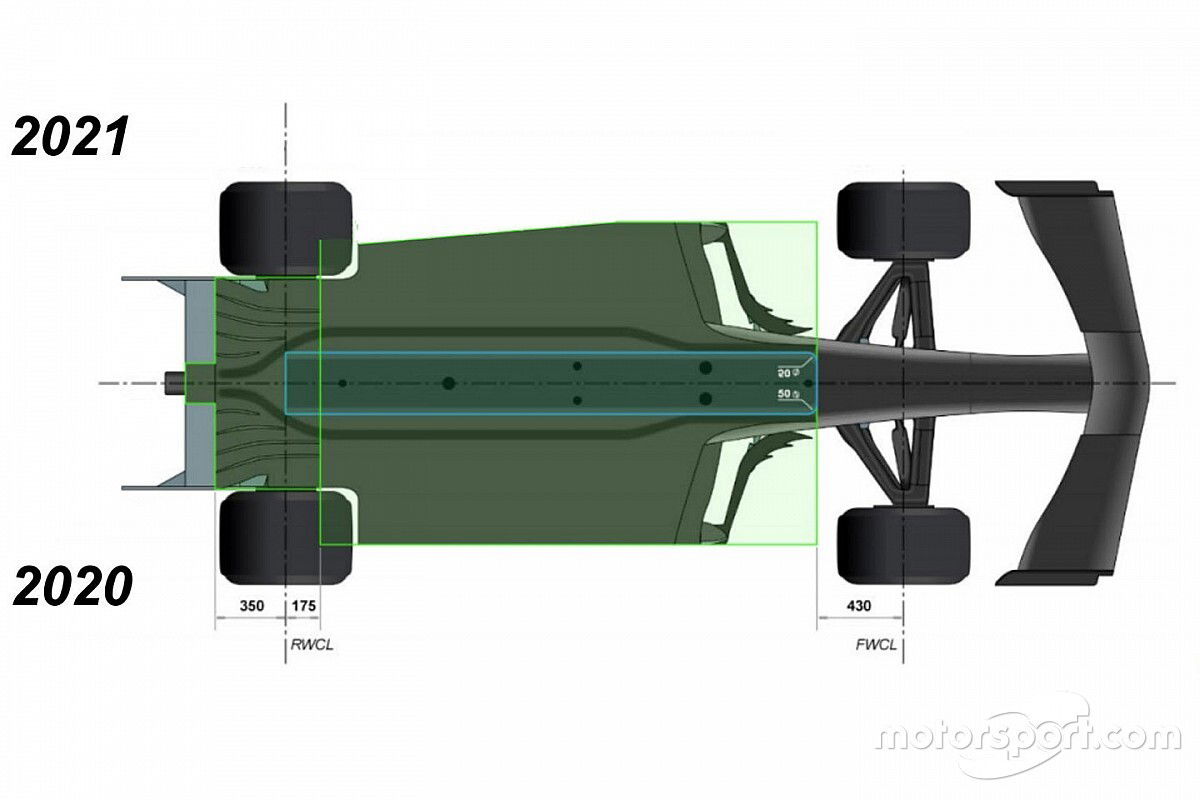Tech: The Floor Tweaks to Slow Down F1 2021

What with many areas of the 2020 F1 cars being frozen for 2021 due to the Coronavirus Pandemic, there are fears that 2 years worth of development for the same car may cause more issues than it solves, in particular with the Pirelli tyres and the downforce levels the cars will be reaching by 2021.
The current Pirelli rubber is going into it's 3rd year of use, after the 2019 tyres were voted in favour for over the new 2020 rubber, so in a bid to decrease stresses on the rear tyres so that they don't get put under loads greater than they were intended for, it has been agreed to make some changes to the floor in order to decrease downforce. This is to avoid Pirelli being forced to up the tyre pressures instead to combat the greater stresses, something that neither Pirelli nor the teams like.
In Article 3.7.2 of F1's technical regulations, the wording has been changed so that the edge of the floor componant will no longer be equidistant from the centre line of the car from front to back, and will instead be angled inwards.
Article 3.7.10 has also been altered so that designers can no longer include fully enclosed holes at the edge of the floor. This technique has been strongly used since 2017, and has been getting more and more extreme as time has gone on, as a method to create more downforce over the rear of the car, as well as helping to direct turbulent airflow from the front tyres under the car to avoid the rear tyres.
 Giogio Piola - Ferrari SF15T Floor Analysis
Giogio Piola - Ferrari SF15T Floor Analysis
There is also a slight change to Article 3.9.2 regarding aero elasticity, with the vertical deflection being decreased by 2mm and the point at which deflection is measured from the centre plane has been shifted by 50mm.
Overall, these changes won't make a massive performance impact, but rather will be a safety aid, as it reduces stress on the rear tyres, making them less likely to suddenly or gradually deform and delaminate on track.

